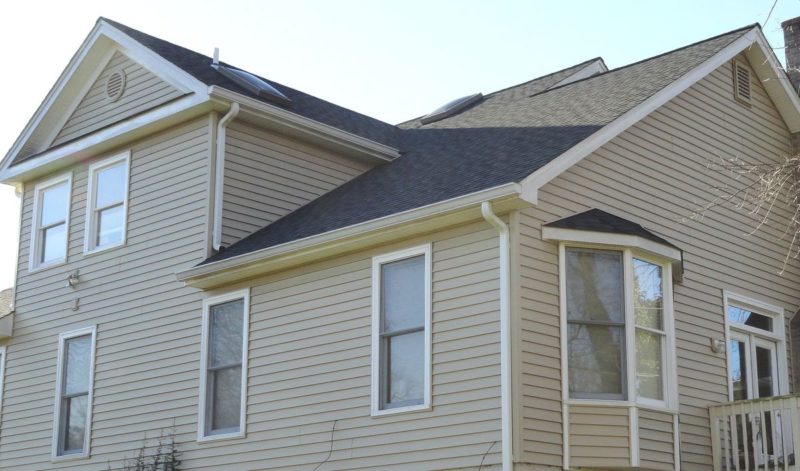Roofing Maintenance Checklist for Homeowners
Maintaining Your Roof

As a homeowner, one of the most important steps you can take to protect your property is maintaining your roof. A roof in good condition extends the life of your home, prevents costly repairs, and safeguards your family from the elements. To help you stay on top of roofing care, here’s a detailed checklist to guide your regular maintenance.
Roof Maintenance Checklist
- Inspect the Roof Annually
Take time at least once a year—preferably in spring or fall when the weather is mild—to perform a visual inspection. Look for missing or broken shingles, discoloration, sagging areas, or anything out of the ordinary. Use binoculars from the ground or a ladder for a closer look, but always put safety first if climbing up yourself. - Check for Loose or Missing Shingles
Shingles protect your roof from water intrusion. If they’re loose, curled, cracked, or missing altogether, leaks are likely to follow. Address these problems promptly to stop a small issue from becoming a big repair bill. - Clear Debris from the Roof
Leaves, twigs, and storm debris can trap moisture, encourage moss or algae, and even add weight to your roof. Remove debris regularly and use gentle methods to avoid damaging the shingles. Keeping your roof clean helps preserve its integrity over time. - Inspect Flashing
Flashing is the thin metal material that seals areas like chimneys, skylights, vents, and roof valleys. If flashing is rusted, cracked, or pulling away, water can easily seep into your home. Reseal or replace damaged flashing to prevent leaks. - Maintain Gutters and Downspouts
Clogged gutters cause water to back up and pool on your roof, leading to rot and water damage. Clean gutters at least twice a year, and check that downspouts are clear so water flows away from your foundation. - Examine the Attic
Your attic can reveal problems you might miss from outside. Check for water stains, damp insulation, musty odors, or mold. Make sure the attic is ventilated to reduce condensation and that insulation is in good shape to regulate temperature and protect your roof from within. - Watch for Moss, Algae, or Mold
Excess moisture creates the perfect environment for growth that can eat away at shingles and shorten your roof’s lifespan. At the first sign of moss or algae, clean it off with a gentle roof cleaner—or call a professional if the problem is widespread. - Look for General Wear and Tear
Over time, roofs naturally show signs of aging. Watch for buckling shingles, rust spots on metal roofing, or areas that look brittle or worn. Catching wear early lets you plan for repairs or replacement before major issues occur. - Check for Water Stains or Leaks Inside
Brown spots on ceilings or walls are usually a sign of roof leaks. If you notice any damp patches, investigate right away—water damage spreads quickly and can harm insulation, drywall, and even structural framing. - Schedule Professional Inspections
Even if you do your own inspections, it’s smart to hire a roofing professional every few years. They can identify hidden issues like underlayment damage or structural weaknesses that homeowners might overlook. - Trim Overhanging Trees
Tree branches brushing against shingles can cause abrasion and damage, while falling limbs during storms can puncture your roof. Keep trees trimmed back so they never touch your roofline. - Prepare for Winter: Watch for Ice Dams
In colder climates, melting snow can refreeze at the edges of the roof, creating ice dams that push water under shingles. Ensure your attic has proper insulation and ventilation to prevent this seasonal hazard.
Conclusion
A little routine maintenance goes a long way toward protecting your home. By following this checklist, you’ll extend the life of your roof, reduce the risk of costly repairs, and keep your home safe year after year. And remember—if you ever discover a problem you’re not comfortable fixing, the safest option is always to call a professional roofing contractor.
Want to know more about the condition of your roof? Contact us today to schedule an inspection.
Stay connected with us on Facebook for more home maintenance tips: Click here.

